Soil Preparation : Steps for Preparing Soil Before Sowing the Seeds | Tractorgyan
टेबल ऑफ कंटेंट
Agriculture is the main activity carried out in the country. To meet the requirement or prerequisite of agriculture the main component that comes under the picture is the soil which makes soil preparation necessary.
Soil is the main component or ingredient in dealing with the process of farming or crop production. Healthy and fertile soil will not only define the condition of the crop but also helps in keeping the overall fertility of the soil intact throughout.
A valuable natural resource is soil. The thin layer of material that covers the earth's surface known as the soil is made up of mineral particles created by the weathering of rocks, decomposing organic matter, living things, water, and air.
How does soil occur?
The weathering of rocks and the blending of rock components with organic waste from plant death are two processes that lead to the development of soil. Another step is the slow chemical transformation of water that seeps through the weathered rock after rain.
Let's investigate what's resulting in the weathering! Rocks undergo weathering, which breaks them down into smaller pieces that eventually combine to form soil, which also contains organic waste and geological deposits.
Different types of Soil
The soil appears to be in various forms and types which further makes it most suitable and reliable to continue carrying out agricultural activities.

1. Sandy soil
Sand is the first kind of soil. It is made up of tiny fragments of worn rock. Sandy soils have relatively few nutrients and a low water-holding capacity, sandy soils are among the worst types of soil for growing plants because they make it difficult for the roots of the plants to absorb water. The drainage system does quite well with this kind of soil. Typically, rocks like granite, limestone, and quartz break down or fragment to produce sand-like soil.
2. Silt soil
Silt is made up of rock and other mineral particles that are smaller than sand but larger than clay and is known to have much smaller particles than sandy soil. The soil holds water better than sand because it is smooth and fine. Silt is frequently found next to rivers, lakes, and other bodies of water because it is easily transported by flowing currents. In comparison to the other three types of soil, silt soil is the most fertile. To increase soil fertility, it is also utilized in agricultural techniques.
3. Clay soil
Compared to the other two forms of soil, clay has the tiniest particles. There is little to no airspace between the soil's particles, which are closely packed together. The clay soil has an excellent capacity to hold water, this soil is impermeable to moisture and air. When wet, it feels quite sticky to the touch; when dry, it feels silky. The densest and most heavy type of soil is clay, which does not drain well or give room for plant roots to spread out.
4. Loamy soil
The fourth kind of soil is loam. Loamy soil combines sand, silt, and clay so that the advantageous qualities of each are present. For instance, it can hold onto nutrients and moisture, making it ideal for cultivation. Due to the equilibrium of all three types of soil materials—sandy, clay, and silt—as well as the presence of humus, this soil is also known as agricultural soil. Due to its inorganic origins, loamy soil also has increased calcium and pH levels in addition to these.
Here’s how soil preparation is carried out before sowing seeds

Combinations of physical, chemical, and biological activities lead to the formation of soil. Both biotic and abiotic components are present in the soil. The study of soil and edaphic conditions for the production of food and fiber falls under the purview of agricultural soil science. Life on earth is supported by soil, which is a complex mixture of minerals, organic matter, water, and other elements, which makes soil preparation before sowing seeds necessary. Before planting a seed or developing a crop, soil preparation is most important.
Why is Soil Preparation important?
Soil preparation before sowing the seeds is important because of the following fold of reasons mentioned below:
1. Getting rid of weeds and loosening the soil are two benefits of soil preparation.
2. The seed should only be sown a short distance apart.
3. Along with the nutrients already there, manuring the soil helps to enhance it.
4. A soft soil mass for transplanting and an appropriate soil surface for direct seeding are produced by soil preparation.
Here are certain steps which are taken into consideration for soil preparation before sowing the seeds
1. Ploughing

For the soil preparation process, ploughing is used to break up and turn the soil (tilling). Hoe, cultivator, and plough are the three basic ploughing equipment or instruments that are used to loosen and churn the soil in the fields so that it can be reduced to grain size before sowing the seeds.
Nutrient-rich soil is also brought to the top through ploughing. Incorporating manure, removing weeds, eradicating contagious diseases and insects, and other tasks can all be accomplished through ploughing which is very helpful for soil preparation. For this, wooden or iron ploughs are employed.
2. Soil leveling

A leveler is used to level the earth that has been dug up in the field, for the soil preparation process. Either a thick wooden or iron board is used.
When fields are irrigated, leveled, ploughed fields help to ensure that water is distributed evenly. The avoidance of moisture loss is aided by levelling ploughed fields.
3. Manuring the soil

After ploughing and manuring, manuring is the last phase in the soil preparation process. It assists in replenishing the soil's rich nutrients. Manuring makes sure that the primary nutrients—nitrogen, phosphorus, and potassium—are given to the soil to boost productivity.
Numerous nutrients and organic fertilizers are also provided by manuring, which makes it an important step for soil preparation. Compost and other manure are regularly added to the soil to enhance its structure, moisture-holding ability, aeration, and water infiltration.
Major tools required for Soil Preparation
1. Plough: A plough is a straightforward instrument that farmers have historically employed for soil preparation. It features a pointy edge and a triangular form. Traditionally, animals like oxen, bulls, and others pulled ploughs. The beam, ploughshare, and plough shaft are its three component pieces.
2. Hoe: A hoe is a simple instrument for the soil preparation which is used for weeding and aerating the soil. Hoe has variously shaped iron blades affixed to a long wooden handle. It is also pulled by animals in agricultural fields.
3. Cultivator: A cultivator is a highly developed agricultural implement used for soil preparation. Significant amounts of time, labor, and energy are saved. Cultivator ploughs alongside a tractor.
Agriculture heavily relies on soil preparation. Due to ongoing cropping, the soil may lose its fertility. The soil must be prepared to regain its fertility. To keep the soil's nutrients intact, we should till the ground before spreading the seed to get rid of weeds. Hoes, cultivators, and ploughs are a few of the instruments we use for soil preparation.
About TractorGyan
Tractor Gyan is an expert-led platform that aims to empower Indian farmers by providing accurate and timely information, and technological advancement about tractors and farm equipment in India.
TractorGyan helps farmers with New Tractor information, Compare Tractors, Tractor prices, Buying and selling of second-hand tractors, Tractor Insurance, Tractor Finance, Tractor tyre, Tractor Implements, Tractor EMI calculator and more.
On our Platform, we have information about leading brands :
-
In Tyres like MRF, Ceat, Apollo etc.
-
In Tractor Finance like Mahindra Finance, TVS Finance, Etc.
-
In Tractor Implements like Dasmesh, Fieldking, Kartar, Khedut, etc.
-
In Tractor Insurance like Mahindra Finance, Axis Bank, ICICI Bank, etc.
TractorGyan is Helping India mechanise by delivering crucial information about tractor buying and guiding farmers at every step so that they get a tractor or farm equipment that empowers and equips them to produce quality yield.
कैटेगरी
और ब्लॉग पढ़ें
Earthworms are known as farmers' friends since they enhance the health of the soil and plants. In the soil, earthworms are typically present. An earthworm's body is shaped like a tube, and the length is determined by the digestive system.
Through...
Agriculture is a primary activity carried out in our country nearly, half of the population is engaged in agriculture. What comes with agriculture goes hand in hand.
Tractors are essential and have revolutionized farming. These farming tractors enable farmers to increase their acreage more...
Vst Power tillers and tractors have surprised with its sales results for 2021 by steeping down to an unexpected count of 586.
The time has come which every tractor enthusiast and every farmer looks forward to, FADA has released a sales report for...
इसके बारे में अपनी टिप्पणी लिखें Soil Preparation : Steps for Preparing Soil Before Sowing the Seeds | Tractorgyan
.webp&w=1920&q=75)
ट्रैक्टर और कृषि से जुड़े सबसे अधिक खोजे जाने वाले ब्लॉग्स
18 Dec 2025
18 Dec 2025
29 Jul 2025
08 Sep 2025
03 Jul 2025
30 Jul 2025
30 Jul 2025
30 Jul 2025
29 Jul 2025
30 Jul 2025
29 Sep 2025
31 Jul 2025
18 Dec 2025
31 Jul 2025








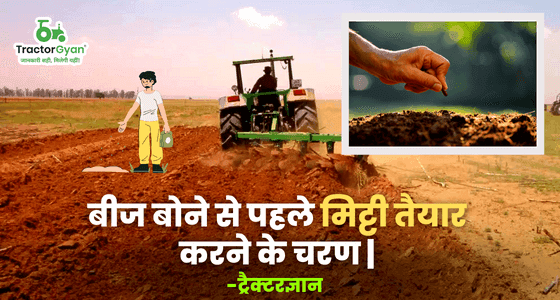
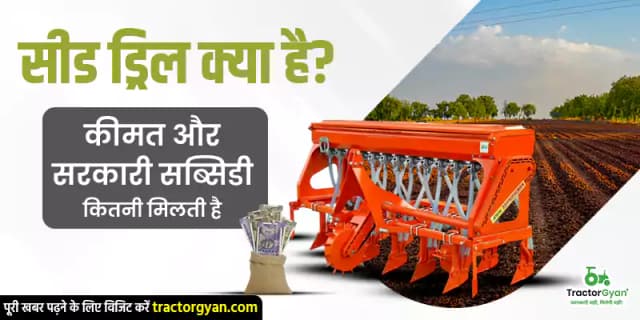
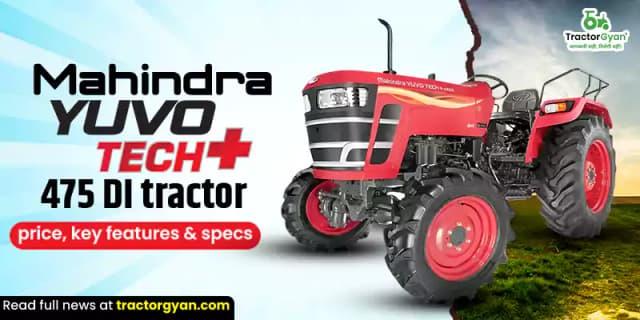



.jpg&w=1200&q=75)
.webp&w=2048&q=75)
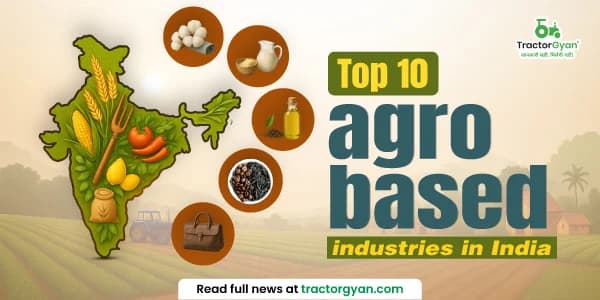
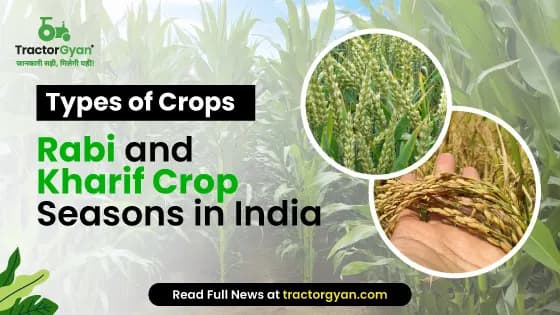



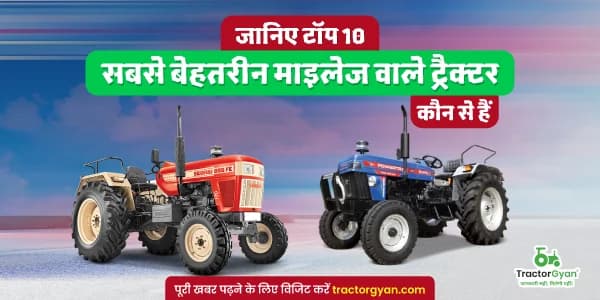
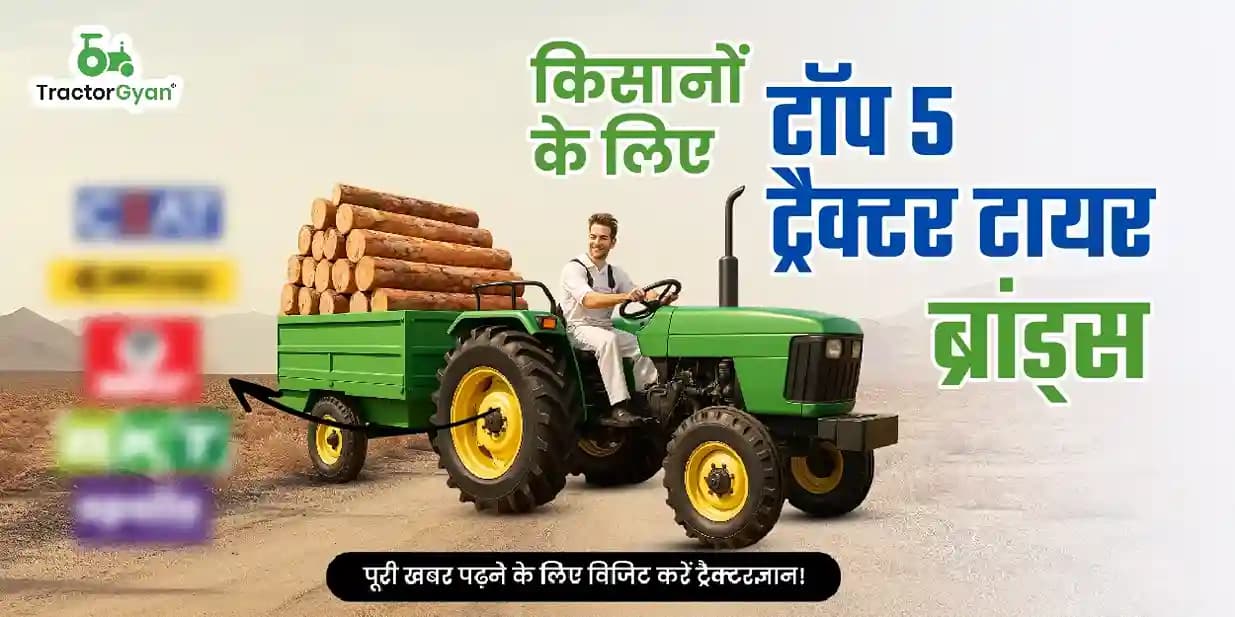


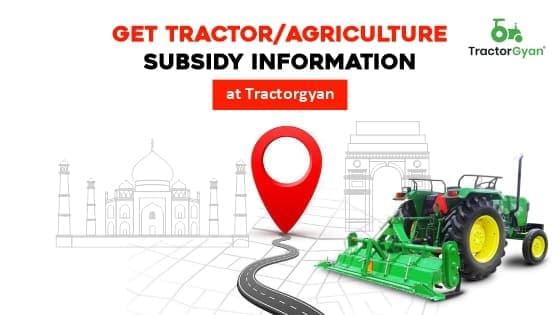
.webp&w=2048&q=75)
.webp&w=2048&q=75)



























